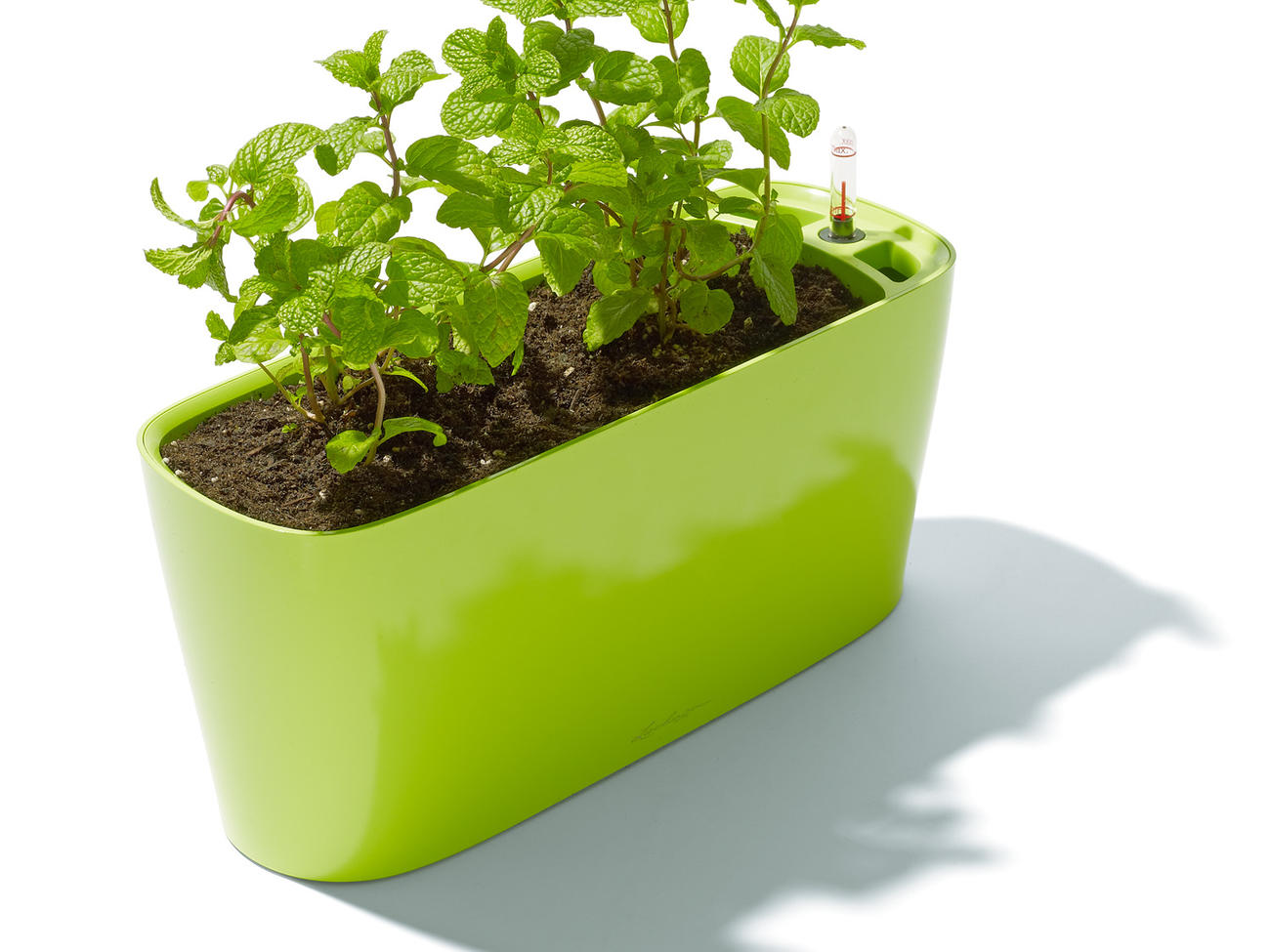
January

Plant
Few houseplants adapt better to warm, dry interiors than Hoya carnosa, or wax flower. Choose one with attractively variegated foliage such as ‘Exotica’ (yellow and pink), curly-leafed ‘Krinkle Kurl’ (green), or ‘Variegata’ (white and pink). Place plants in a sunny window, and water only when the soil dries out completely. Hoyas need good potting soil and bloom best when their roots are crowded in the container. Clusters of small, waxy-looking flowers have a fragrance that intensifies at night.
Pick the right indoor plants. Tropical species like Dieffenbachia and Schefflera suffer from cold drafts and temperatures below 55°. Better choices for cooler rooms and entryways include agave, Christmas cactus, citrus, cyclamen, Easter cactus, English ivy, ferns, Pittosporum, Podocarpus, and yucca.
Plant a kitchen herb garden. A sunny kitchen window is the perfect spot to grow culinary herbs in winter. Good candidates include chives, oregano, rosemary, and sage; basil and parsley can be started from seed. You can transplant nursery-grown seedlings into a well-drained container or leave plants in their pots and nest several of them in a larger container.
Maintain
Irrigate if needed. Dry winter conditions can seriously dehydrate plants, especially evergreens. When rain or snow has not fallen for several weeks and the top 3 to 4 inches of ground are dry, thoroughly water lawns, ornamental grasses, perennials, shrubs, and trees with a soaker hose. Water at midday when the temperature is above freezing and the soil surface is not frozen solid. Recent transplants may need water more frequently, every two weeks at least.
Monitor precipitation. Rain gauges measure the amount of rain and snow that falls. After each storm, check the gauge and record the amount on a garden calendar. Whenever the gauge registers 1/2 inch or more, it’s safe to skip the next scheduled watering. Rain gauges are available from most home improvement stores and garden centers.
Prune fireblight-damaged trees. Fireblight is a bacterial disease that most commonly attacks apple and crabapple trees, but it can also damage cotoneaster, hawthorn, mountain ash, pear, pyracantha, quince, and serviceberry. New spring growth on affected branches wilts and appears scorched. Pruning in winter, when the bacteria is dormant, helps prevent the spread of the disease. Remove the infected parts of branches, cutting 6 to 8 inches below infected wood, and dispose of prunings.
